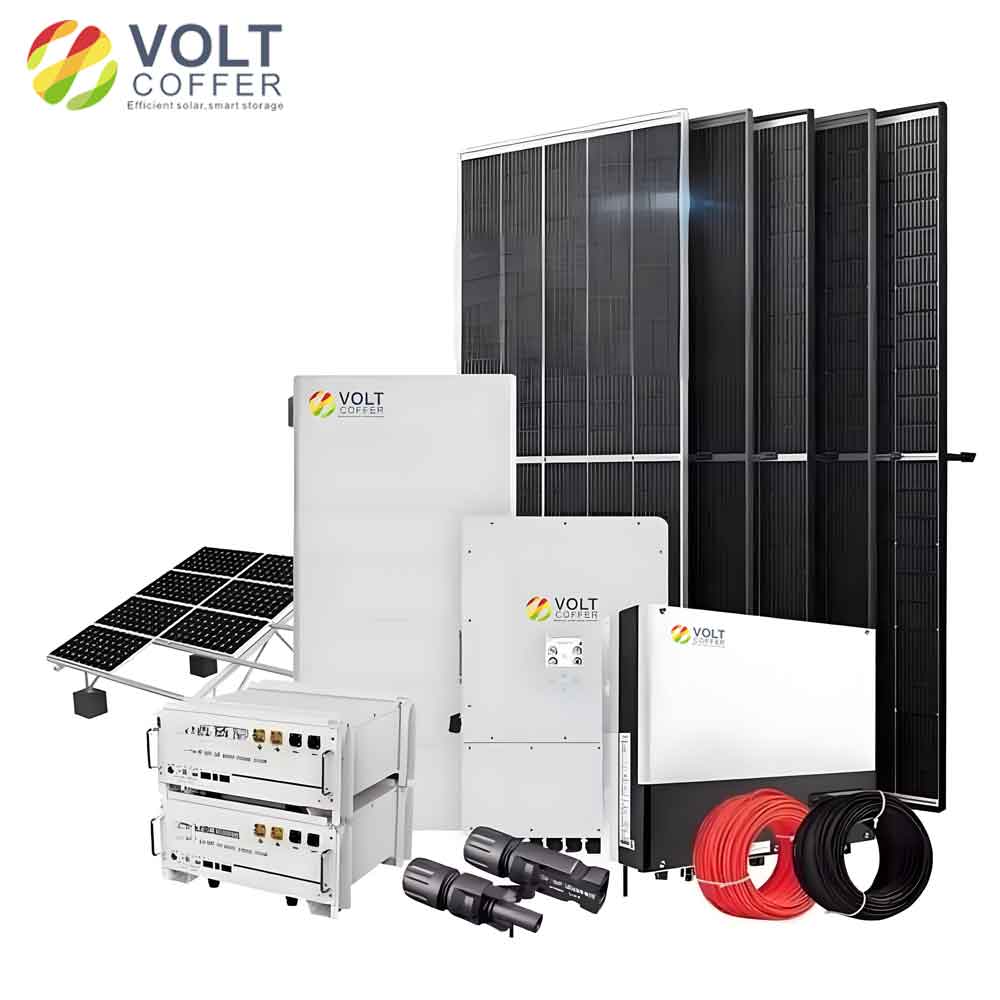Introduction
The integration of Solar Panel Kits with Smart Home Systems represents a significant advancement in home energy management. This combination not only enhances the efficiency and effectiveness of solar energy utilization but also provides homeowners with greater control over their energy consumption and costs. This article explores the opportunities and challenges associated with integrating Solar Panel Kits with Smart Home Systems.

Opportunities of Integration
Enhanced Energy Efficiency
- Real-Time Monitoring and Control
- Smart Meters: Smart meters provide real-time data on energy production and consumption, allowing homeowners to monitor their Solar Panel Kits’ performance.
- Remote Access: With mobile applications, homeowners can control and adjust their energy settings remotely, optimizing usage based on real-time data.
- Automation and Optimization
- Smart Thermostats: These devices can adjust heating and cooling systems based on the availability of solar energy, reducing reliance on the grid.
- Smart Appliances: Appliances can be scheduled to operate during peak solar production times, maximizing the use of solar energy and minimizing grid consumption.
- Energy Storage Management
- Smart Batteries: Integrating Solar Panel Kits with smart batteries ensures that excess energy is stored efficiently for use during non-productive periods.
- Load Shifting: Smart Home Systems can shift energy usage to times when solar energy is available, reducing peak demand charges.
Financial Benefits
- Cost Savings
- Reduced Energy Bills: Optimized energy usage and increased reliance on solar power reduce overall energy bills.
- Net Metering: Smart Home Systems can maximize the benefits of net metering by ensuring excess energy is fed back to the grid during peak times.
- Increased Property Value
- Market Appeal: Homes with integrated Solar Panel Kits and Smart Home Systems are often more attractive to buyers, potentially increasing property value.
Environmental Impact
- Carbon Footprint Reduction
- Sustainable Living: Integrating Solar Panel Kits with Smart Home Systems promotes sustainable living by reducing reliance on fossil fuels.
- Efficient Energy Use: Optimized energy use reduces waste and enhances the overall efficiency of the home energy system.
Challenges of Integration
Technical Challenges
- Compatibility Issues
- Diverse Technologies: Ensuring compatibility between different brands and types of Solar Panel Kits and Smart Home Systems can be challenging.
- Interoperability Standards: The lack of universal standards for smart home technologies can complicate integration efforts.
- System Complexity
- Installation and Configuration: Integrating Solar Panel Kits with Smart Home Systems requires specialized knowledge for proper installation and configuration.
- Maintenance: The complexity of integrated systems may lead to higher maintenance requirements and costs.
Financial Challenges
- Initial Investment
- High Upfront Costs: The initial cost of purchasing and installing Solar Panel Kits and Smart Home Systems can be substantial.
- Return on Investment: The ROI period can vary based on the efficiency of the integration and the specific technologies used.
- Ongoing Costs
- Maintenance and Upgrades: Regular maintenance and potential system upgrades can add to the ongoing costs of an integrated system.
Regulatory and Compliance Challenges
- Local Regulations
- Permitting and Inspections: Compliance with local regulations for both solar installations and smart home technologies can be time-consuming and costly.
- Building Codes: Ensuring that integrated systems meet all relevant building codes and standards is essential for safety and legal compliance.
- Data Privacy and Security
- Data Protection: Smart Home Systems collect and transmit data, raising concerns about data privacy and security.
- Cybersecurity Risks: The risk of cyber-attacks on interconnected systems requires robust security measures.
Best Practices for Integration
Planning and Design
- Comprehensive Planning
- Site Assessment: Conduct a thorough site assessment to determine the best placement for Solar Panel Kits and Smart Home System components.
- System Design: Design the system to ensure compatibility and optimize performance.
- Professional Installation
- Qualified Installers: Use qualified professionals for the installation of both Solar Panel Kits and Smart Home Systems.
- Integrated Approach: Ensure that installers are experienced in integrating solar technologies with smart home solutions.
Monitoring and Maintenance
- Regular Monitoring
- Performance Tracking: Use smart home applications to monitor the performance of Solar Panel Kits and detect any issues early.
- Energy Usage Reports: Generate regular reports to analyze energy usage patterns and optimize system settings.
- Scheduled Maintenance
- Routine Inspections: Schedule routine inspections and maintenance to keep both the Solar Panel Kits and Smart Home Systems in optimal condition.
- System Updates: Keep all system components updated with the latest software and firmware to ensure security and performance.
Summary of Opportunities and Challenges
| Opportunities | Details |
|---|---|
| Enhanced Energy Efficiency | Real-time monitoring, automation, energy storage management |
| Financial Benefits | Cost savings, increased property value |
| Environmental Impact | Reduced carbon footprint, efficient energy use |
| Challenges | Details |
|---|---|
| Technical Challenges | Compatibility issues, system complexity |
| Financial Challenges | High upfront costs, ongoing maintenance and upgrades |
| Regulatory and Compliance Challenges | Local regulations, data privacy and security |
Conclusion
Integrating Solar Panel Kits with Smart Home Systems offers significant opportunities for enhanced energy efficiency, financial benefits, and environmental impact. However, it also presents challenges related to technical compatibility, financial investment, and regulatory compliance. By following best practices in planning, design, monitoring, and maintenance, homeowners can successfully integrate these technologies to create a more efficient, cost-effective, and sustainable home energy system.
